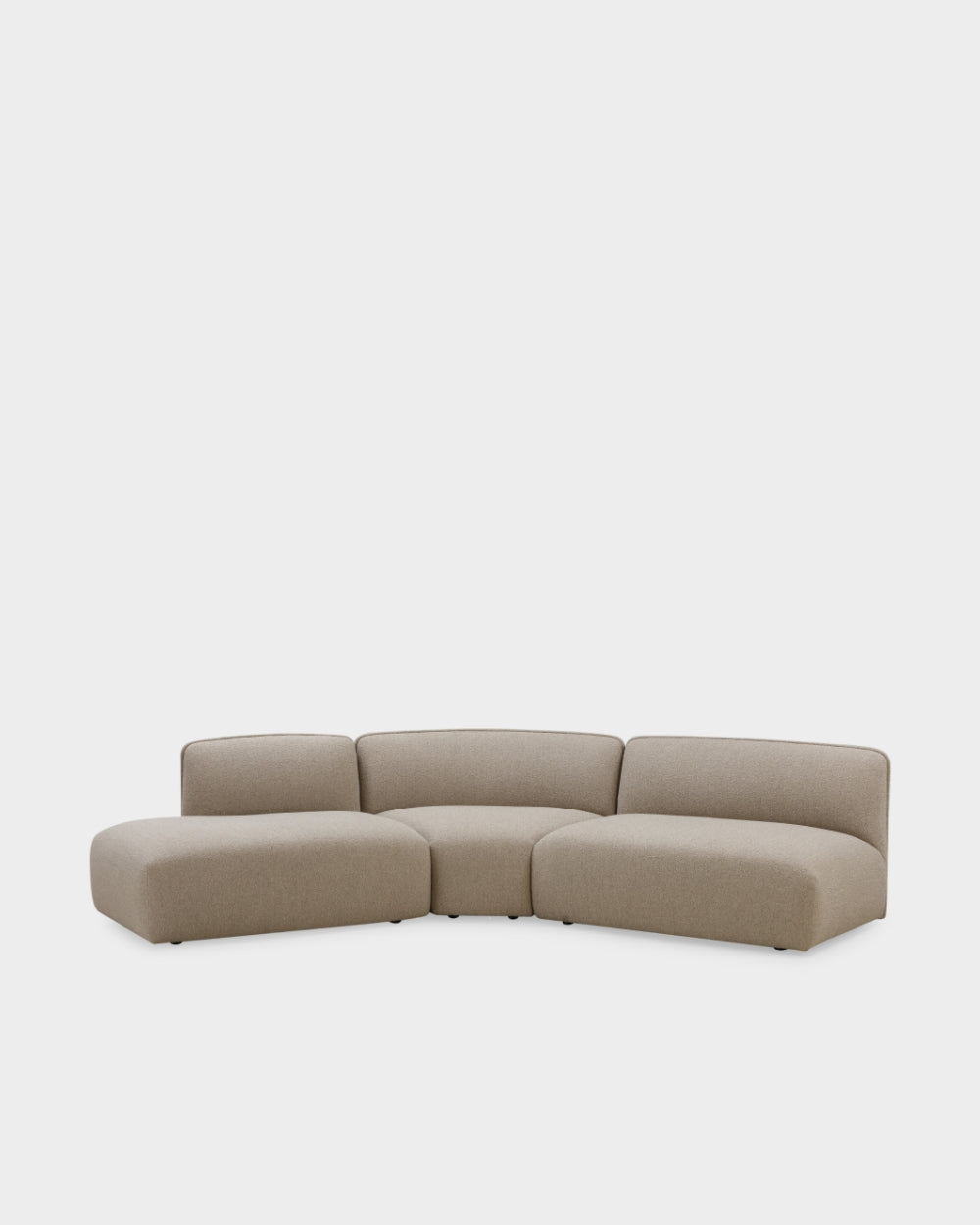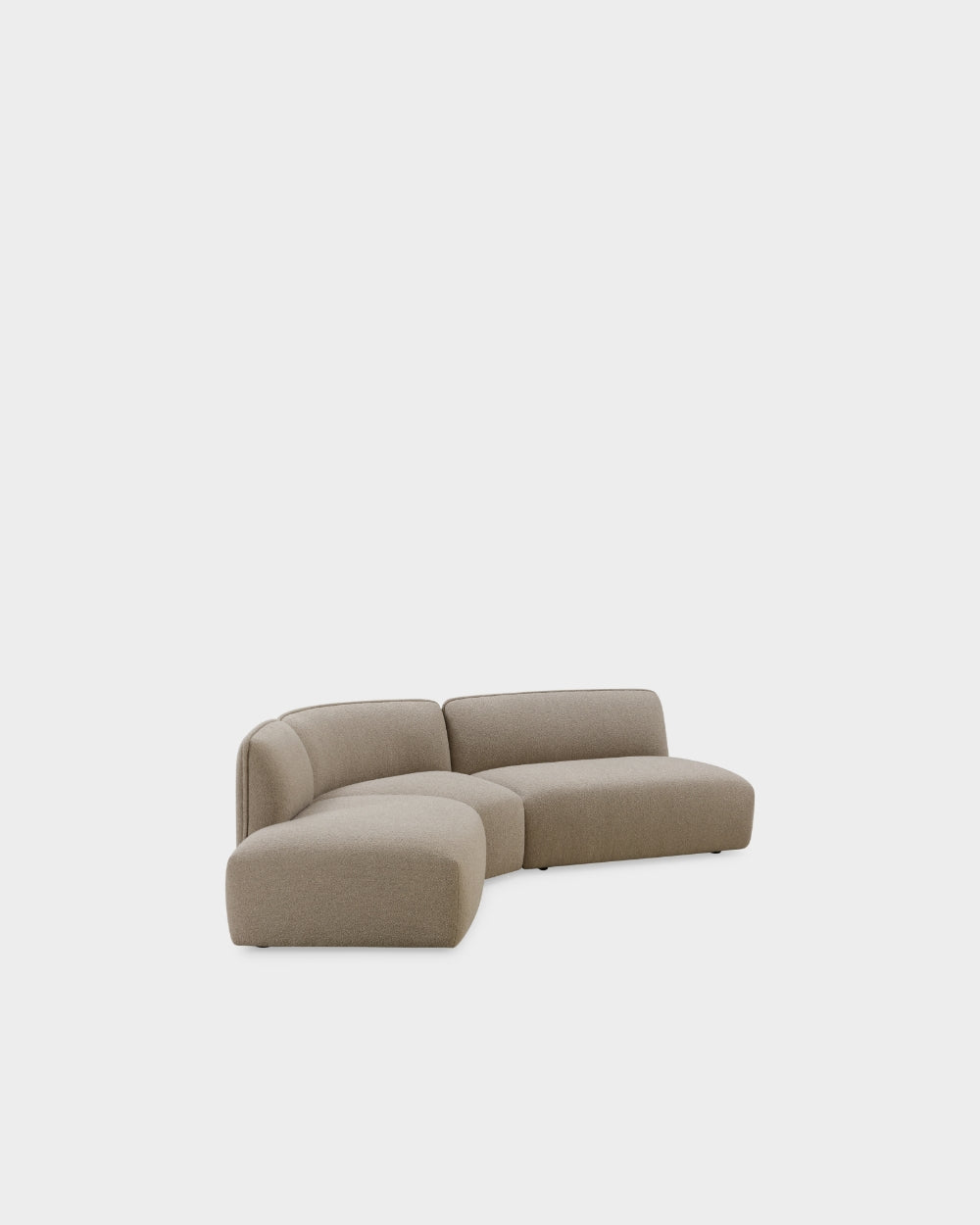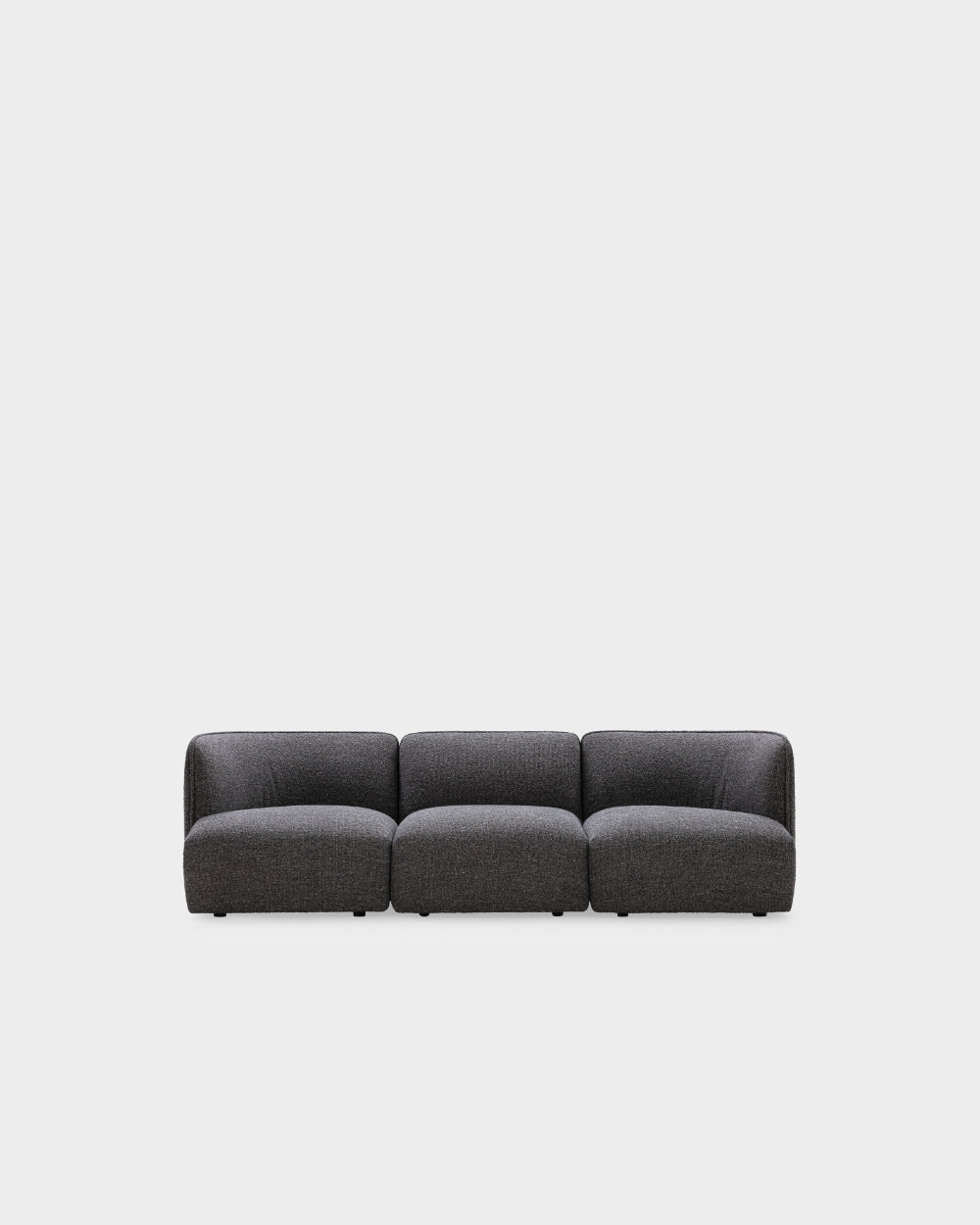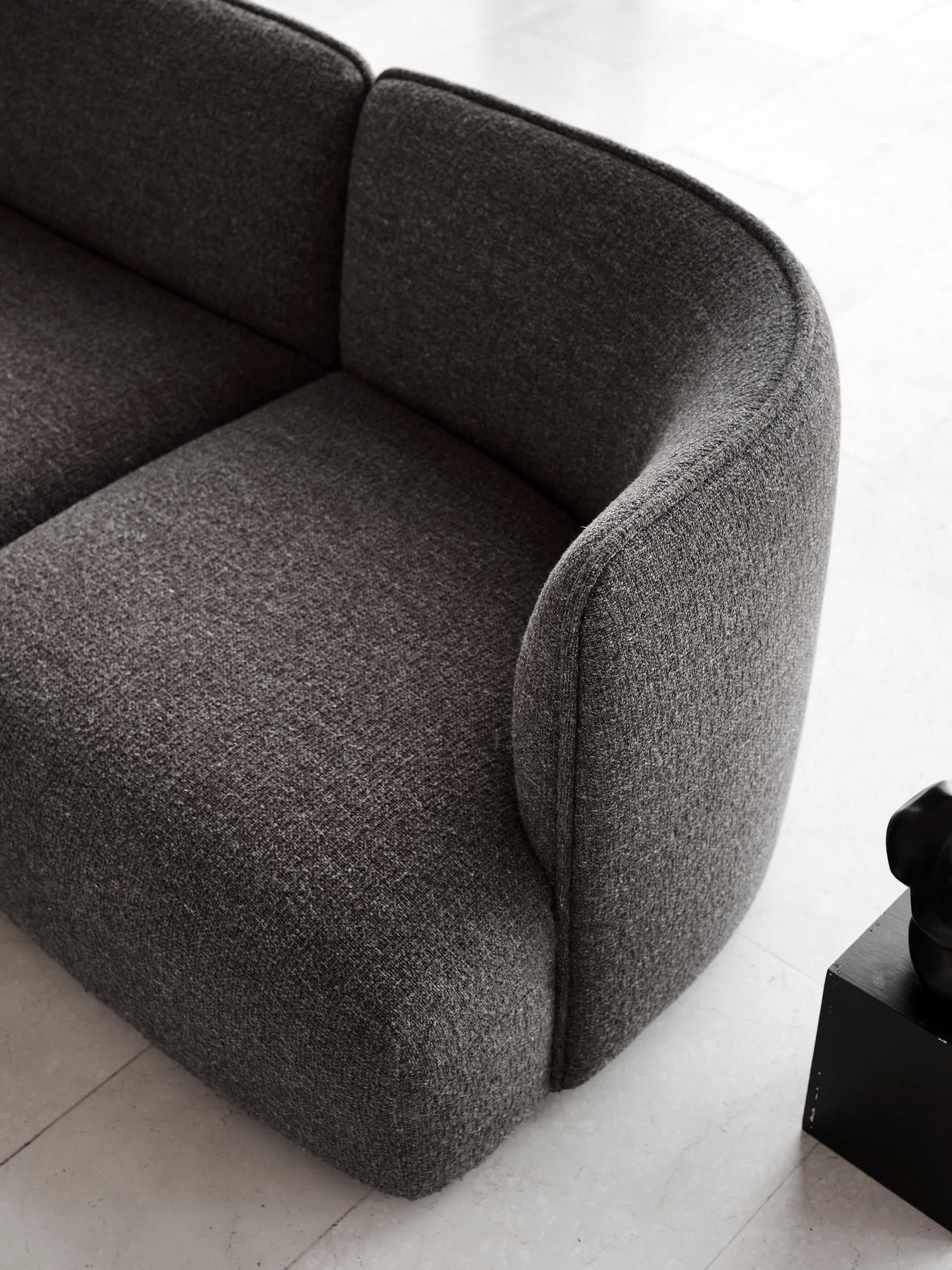JOURNEY
Navigating the terrain of complexity
In the world of design, the journey often leads us down tricky pathways where creativity and functionality meet. The acclaimed Swedish designer, Jonas Wagell, has skilfully navigated this terrain, etching a permanent mark on the world of modern design. His creative nucleus, the JWDA studio, was founded in 2008. Today, the studio resides within the charming confines of a converted car repair shop in central Stockholm though the reach of his collaborations extends far beyond the heart of Scandinavia, from Asia to Italy and across the Atlantic to North America.
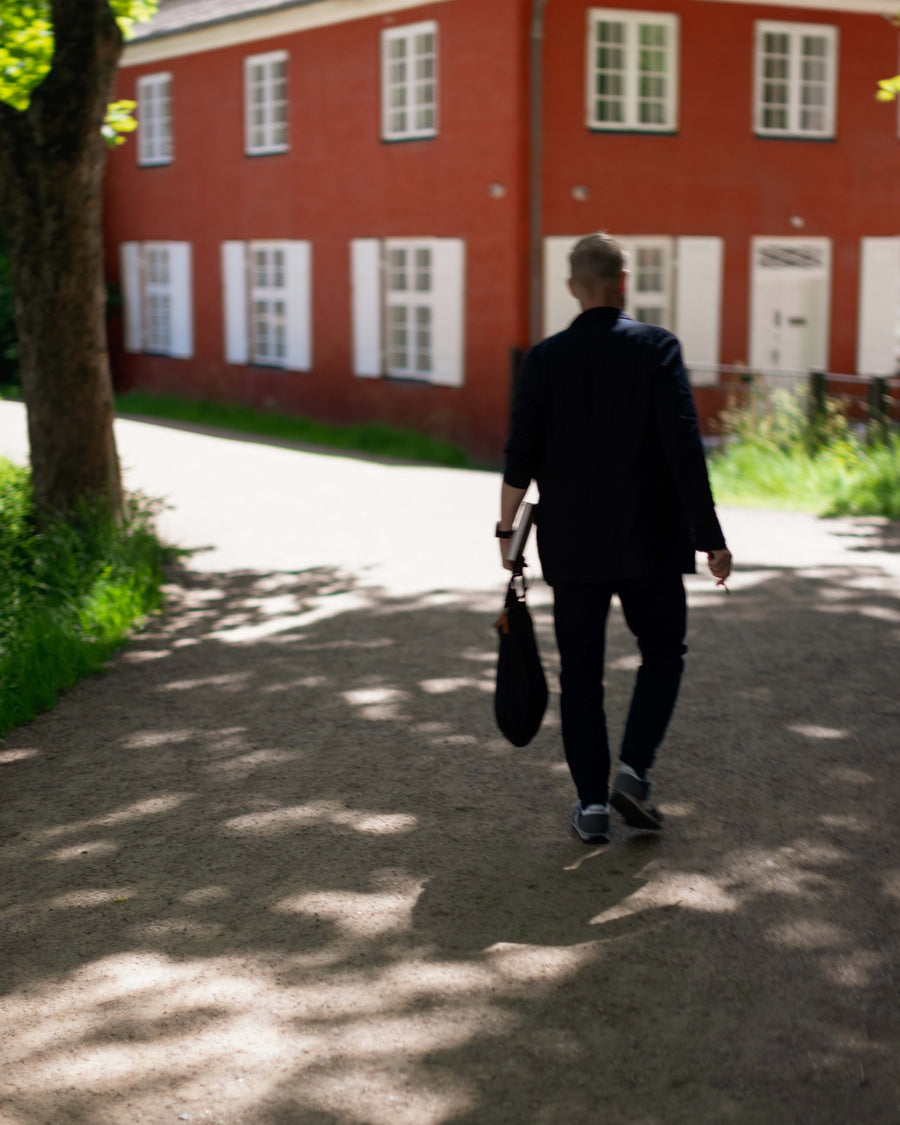
Jonas Wagell’s initial venture into design was ignited by his fascination with graphics, print, and typography, resulting in a design philosophy that beautifully combines simplicity with expressiveness.
In a candid conversation with Wagell, he provided fascinating perspectives on his method for modular design, a recurring theme in his collaborations with Wendelbo. In this enlightening Q&A session, we embark on a journey to understand the allure of this approach and delve into the fine balance required to keep things simple while navigating the complexities that arise.
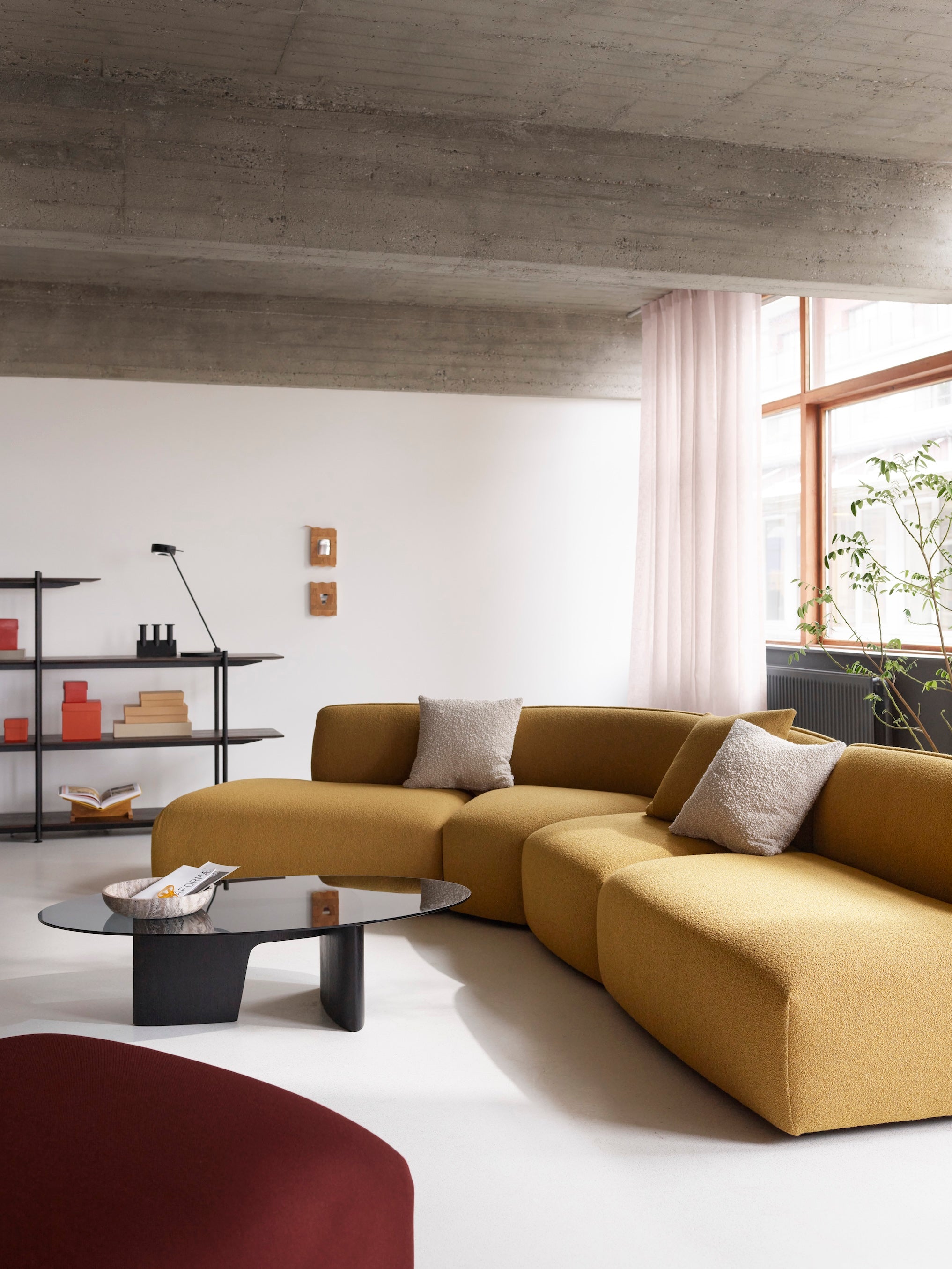
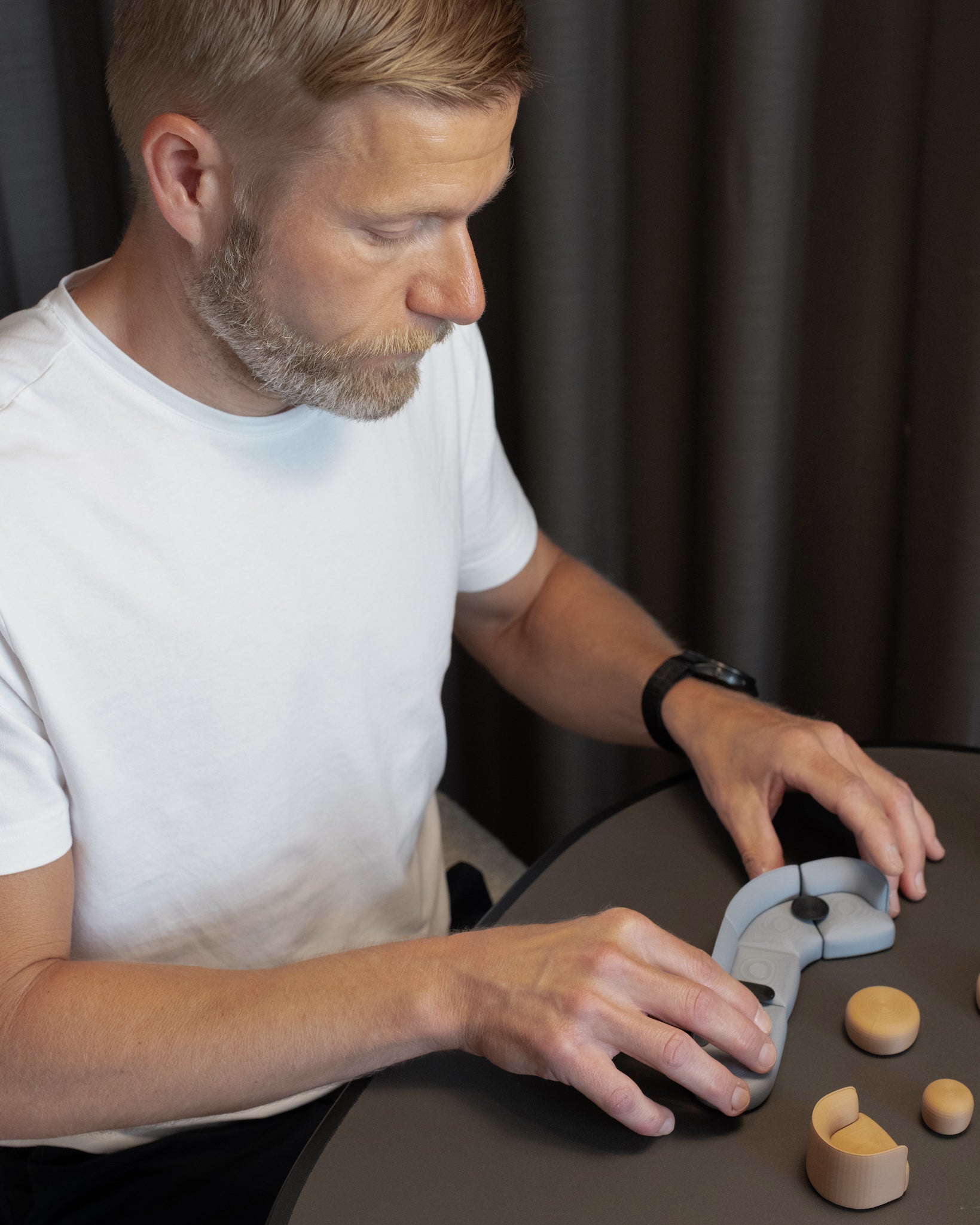
Modularity often rhymes with an abundance of possibilities. How do you prevent modularity from becoming too complex and compressive for the end user?
Modular design must be informed by an intuitive approach, not guided by an admiration for complex solutions. In my opinion, complexity doesn’t have much value by itself, but can sometimes be necessary to reach a simplistic result. I always strive to create distinct and straightforward products, and modular concepts are no different. I believe strong design should be easy to grasp and instantly recognisable - that’s how some objects become iconic.
What makes modularity successful? And how do you find the right balance between aesthetics and functionality?
In all honesty, I’m not all too excited about the concept of modular design from an aesthetic perspective. It can easily take on a sort of corporate and contract expression, which feels a bit outdated and not so friendly and inviting. The challenge is instead to create furniture which meets modular functionality and can be used in a variety of configurations.
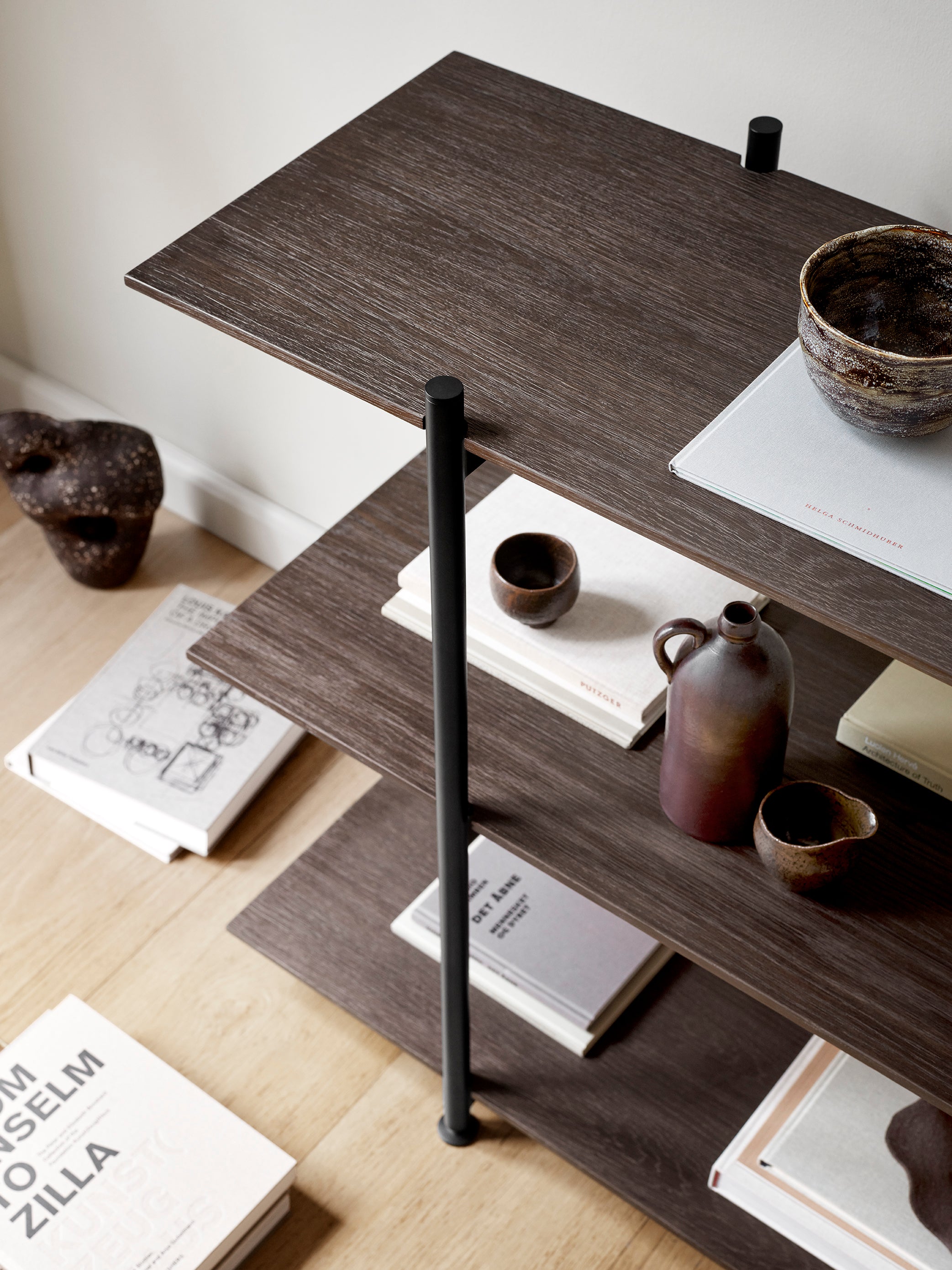
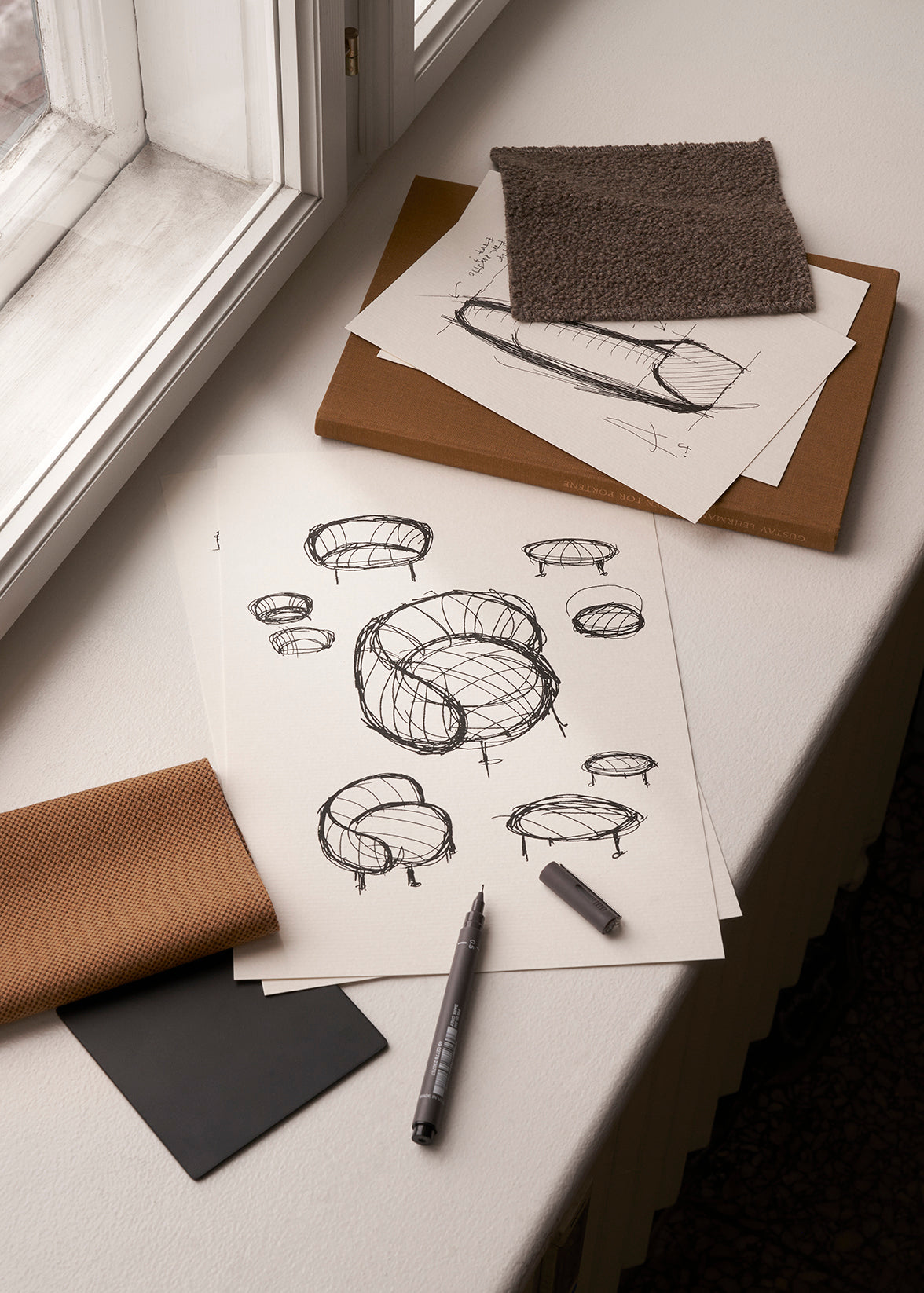
I believe this has been successful with the Formal Shelving which is based on very few components that can be combined to address diverse needs - from low side tables to free-standing room dividers.
At the end of the day, good design should trigger emotions and desires to be kept, maintained, and passed on, rather than replaced or discarded. This is the ultimate functionality.
"I believe strong design should be easy to grasp and instantly recognisable - that’s how some objects become iconic."
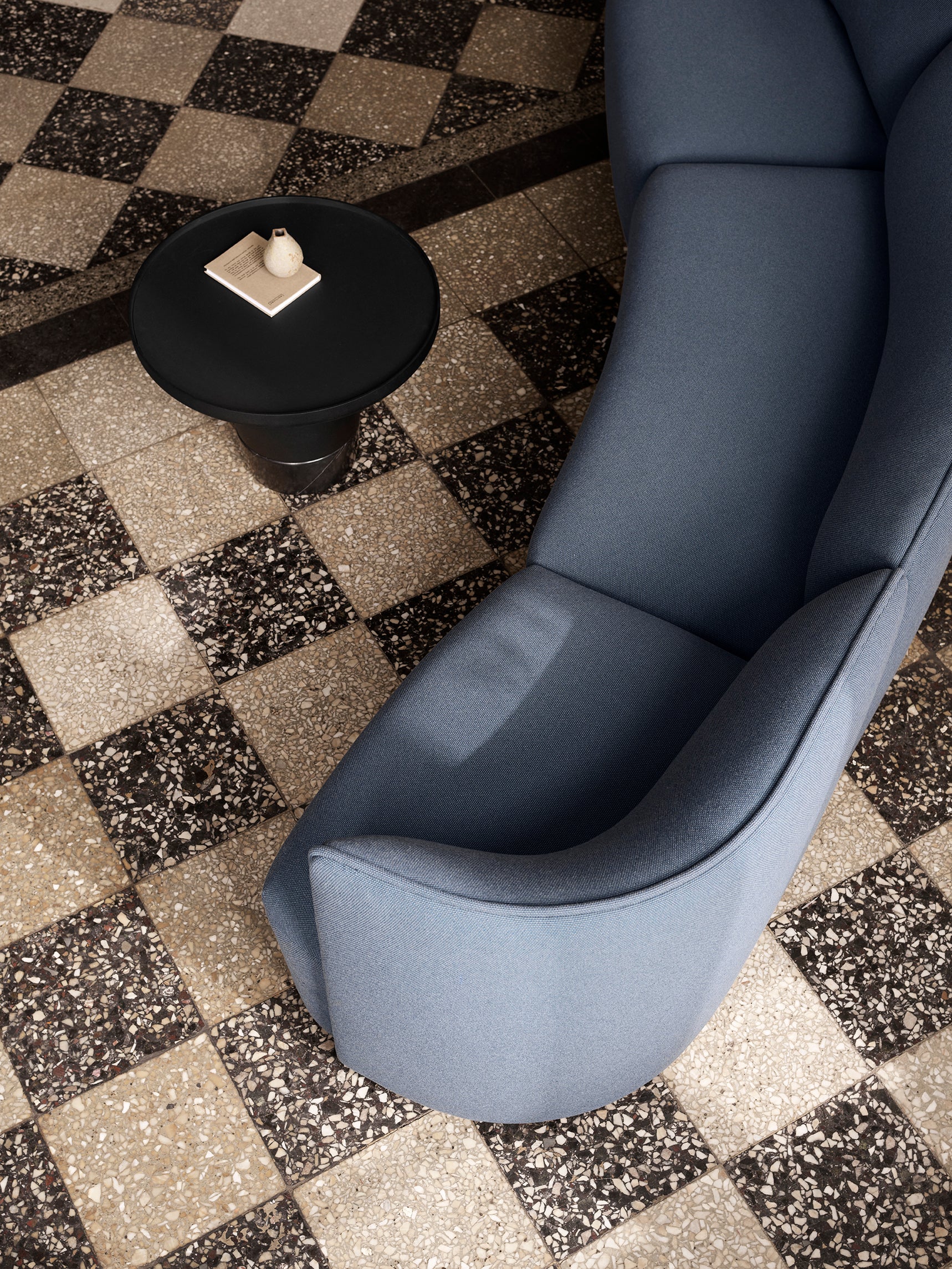
You have designed several pieces for Wendelbo, including the Formal Shelving and the Panorama Sofa. How did your approach to modularity differ in these two very different typologies?
With the Formal Shelving everything is disclosed and visible, so as a designer task it has a more restricted framework. The idea originates from the desire to create a visually light structure with as few unique parts as possible, which can be assembled intuitively by the user without tools. It’s a classic designer dream, for sure! With Panorama, a lot of the repetition and problem-solving is invested in the construction of the sofa modules. Here, parts of the concealed bases are repeated and multiplied to achieve cost efficiency and synergy in production, which in return can save cost in favour of more attention to detail.
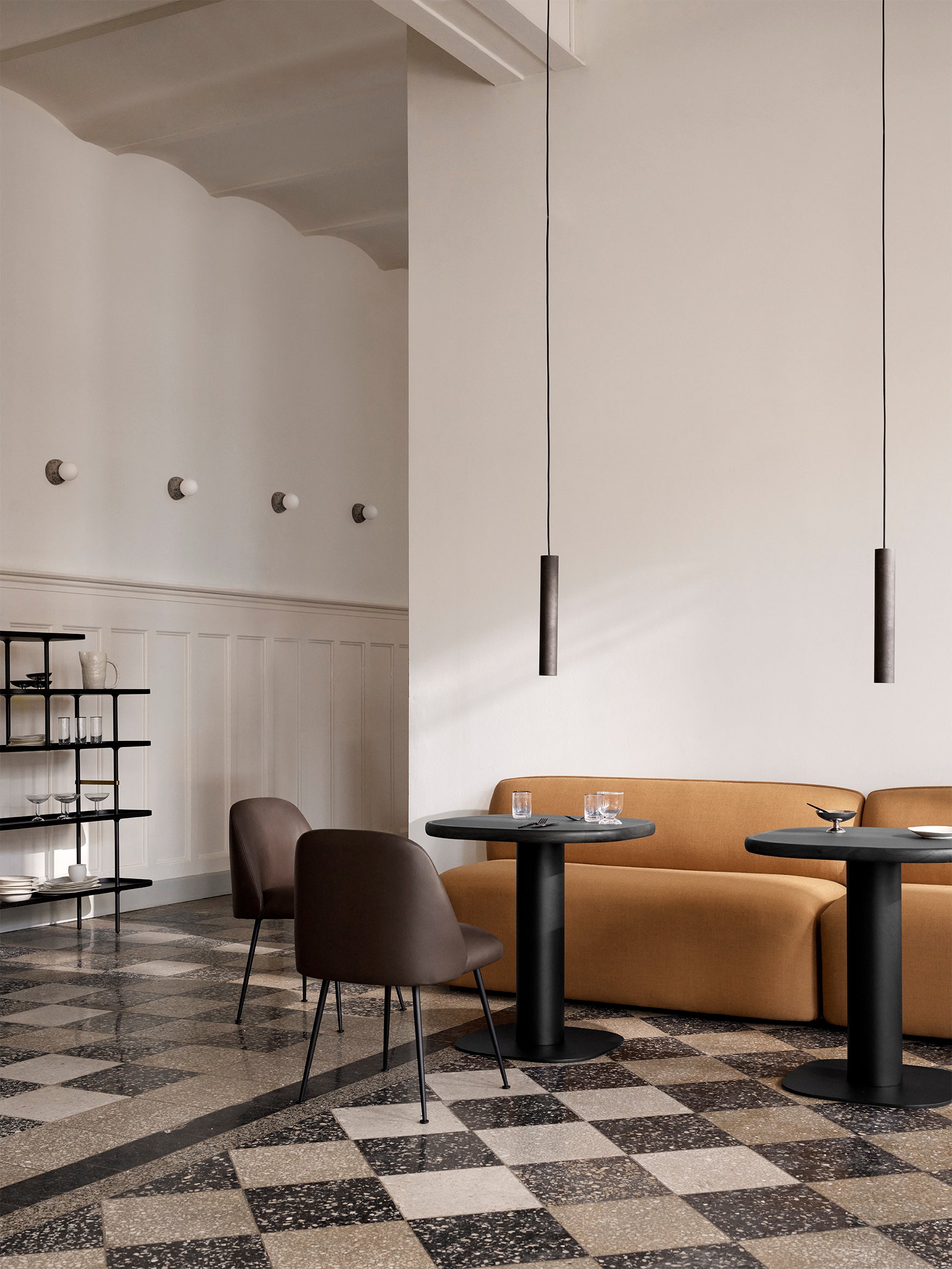
Modularity is associated with grids and structures, as seen in Formal Shelving. How was it to work with Panorama’s modularity, which is more organic in its expression?
Visually a sofa and a shelf are of course very different, but conceptually they both offer a similar challenge in terms of problem solving. Modular design, just as architecture in many regards, is a puzzle to solve with a restricted number of pieces. A framework with requirements and limitations. In architecture, it can be about standard dimensions for functions and utilities, as well as the repetition of structural parts. With furniture, a large part of the framework is how the object relates to a space, how its dimensions can provide comfort and functionality, and of course, the economy of things.
"Iconic products typically have one main character that stands out instantly. It’s like an elevator pitch for the eye."
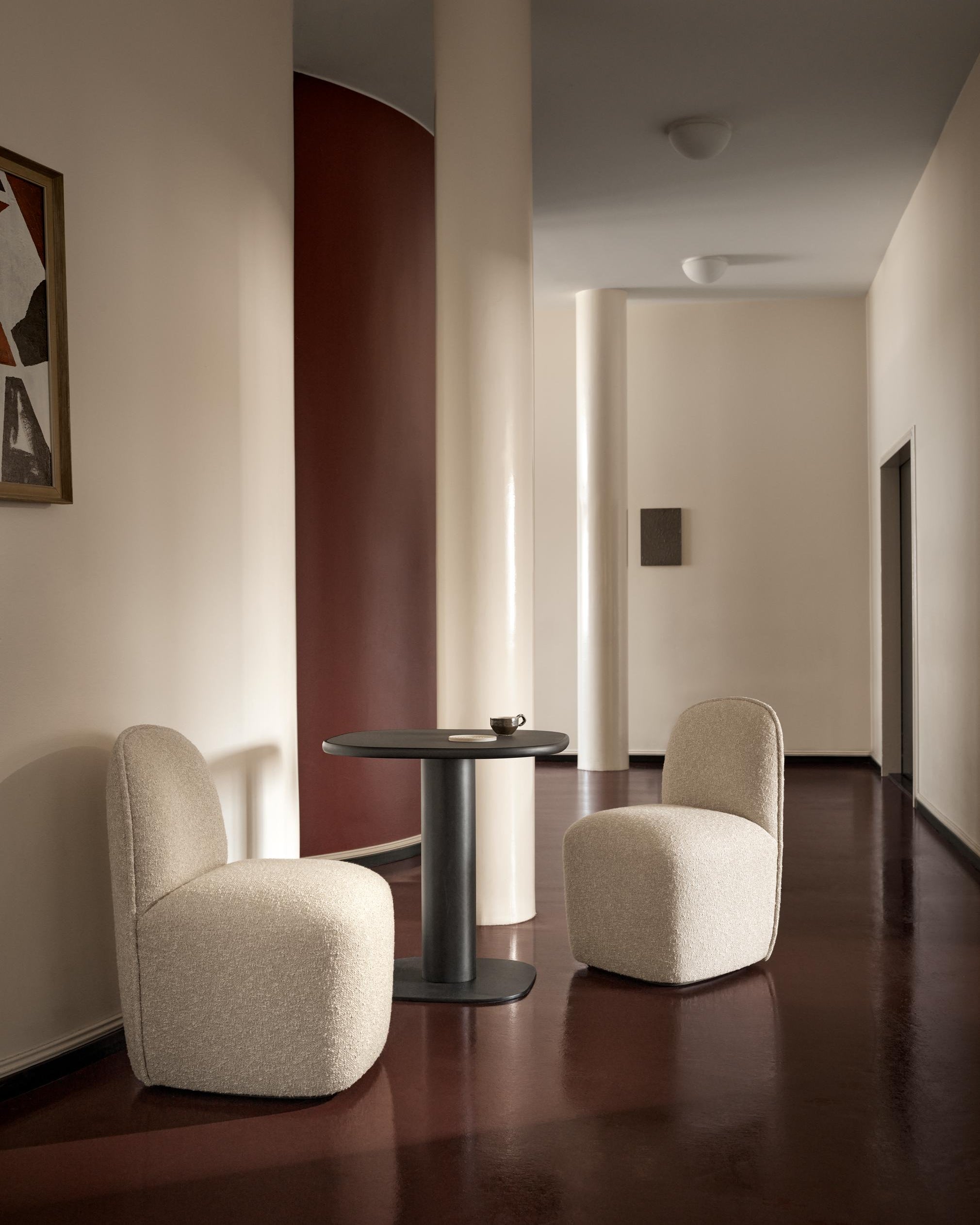
You frequently work with repetition in your designs. What happens to a design when design elements are repeated?
I think it’s not so much that repetition creates good design, but that natural aesthetic requires something to regulate the form. This is the case with architecture as well, where you often refer to a grid or a framework with a natural repetition – partly for economy, but also to achieve a visually calm and collected expression. Iconic products typically have one main character that stands out instantly. It’s like an elevator pitch for the eye.
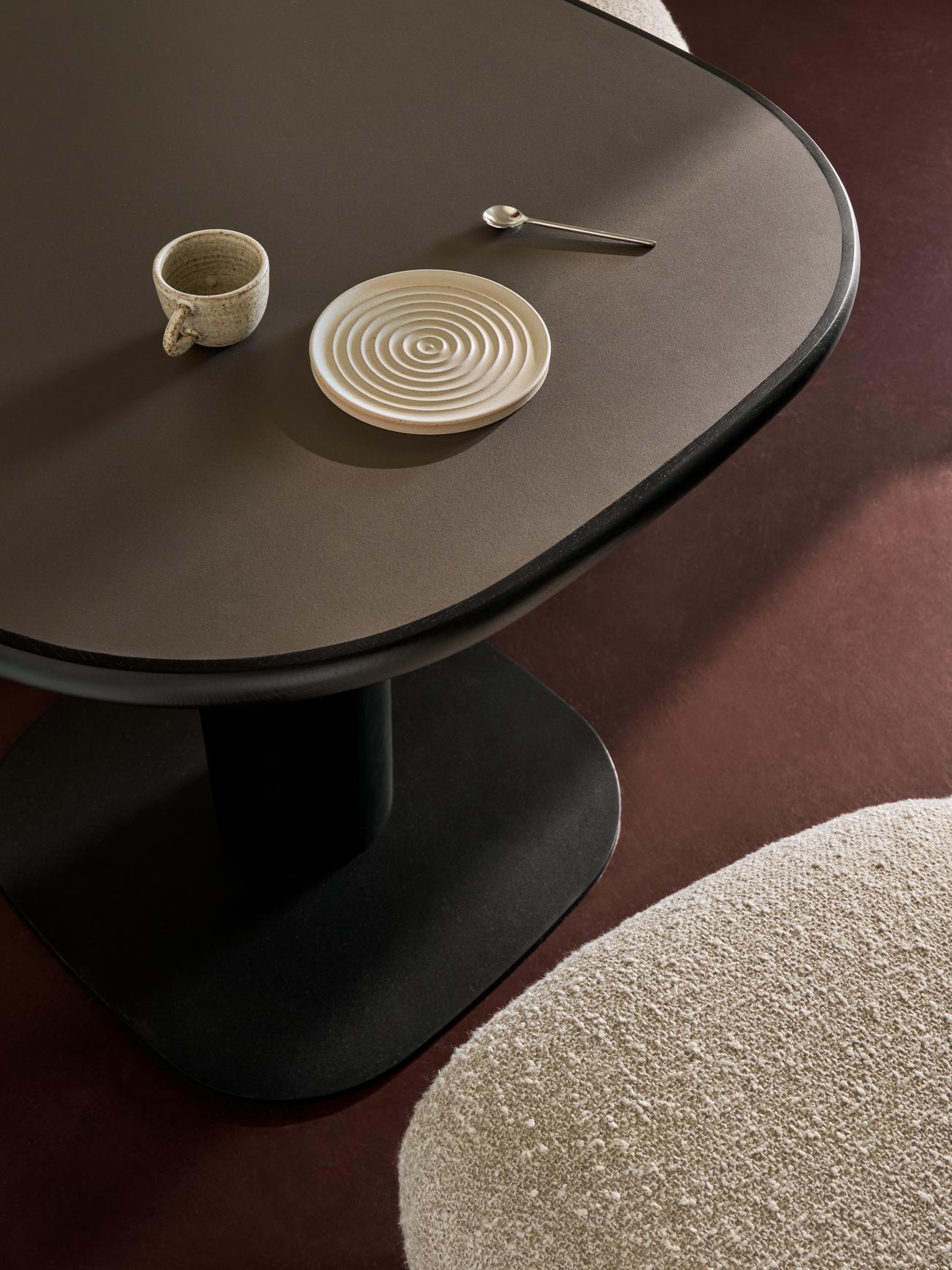
Designs by Jonas Wagell
Mod. 8 + 13 + 6
Mod. 8 + 13 + 6 + 2
Mod. 1 + 3 + 2
Mod. 1 + 2



